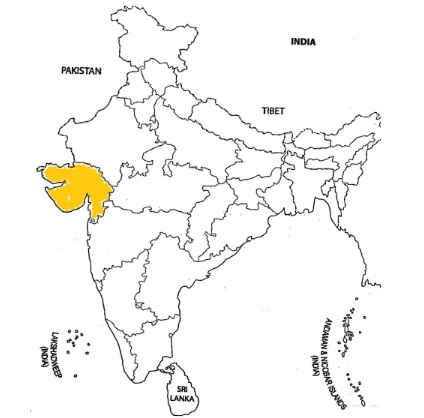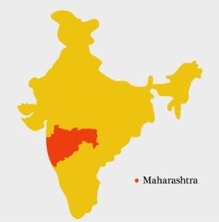|
Constitutional Status:
State creation under Article 3 of the Constitution
- Article 3 of the Indian Constitution gives Parliament the power to alter the boundaries of states, change their names or create new states.
- The Bombay Reorganisation Act, 1960 was passed under this article.
|





